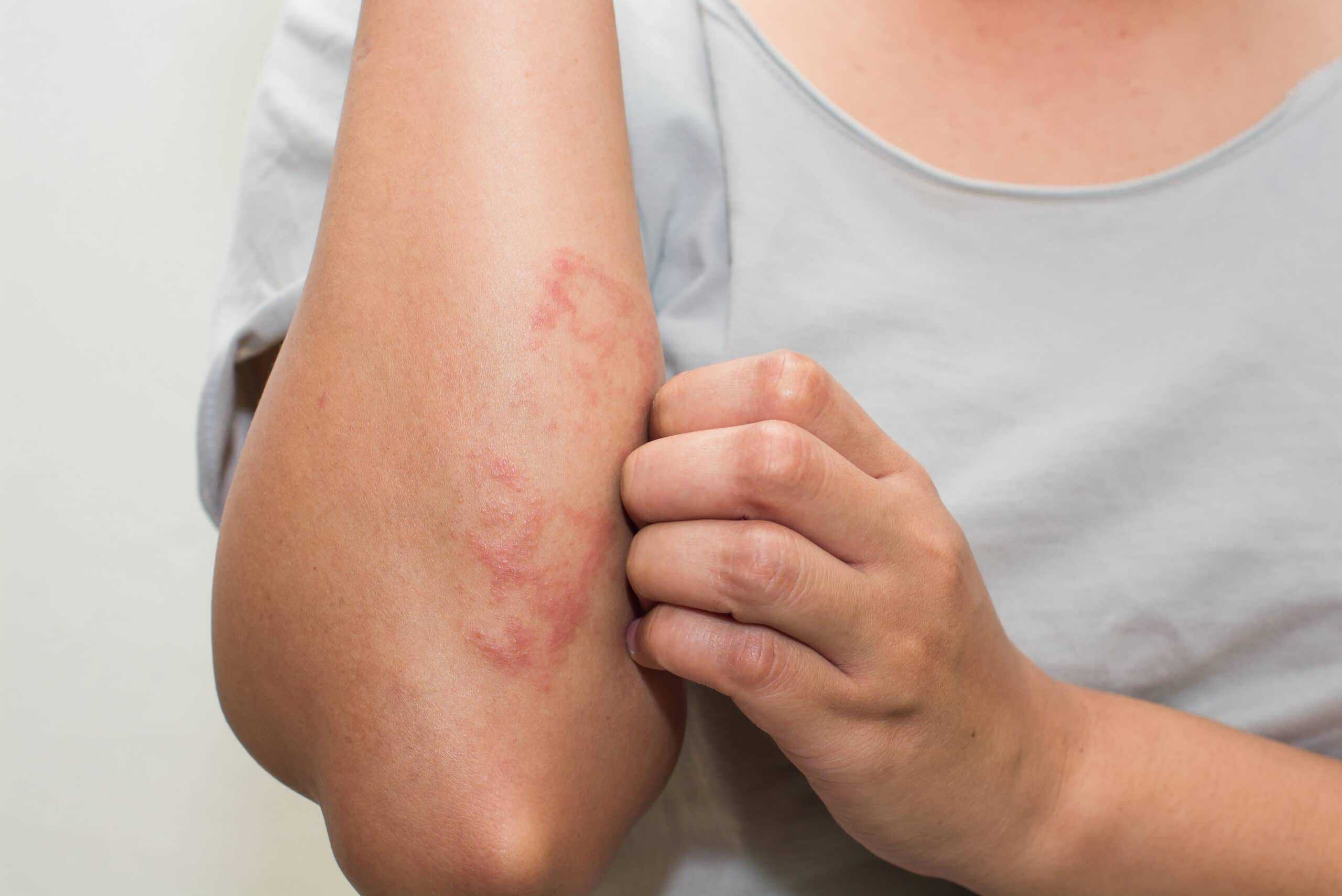Everything to Know About Non-Melanoma Skin Cancer

Predicting the type and stage of skin cancer can be challenging. Most individuals are unaware of the type of skin cancer and whether it can be curable. At least 2 in 3 Australians are likely to be diagnosed with any type of skin cancer before the age of 70. But, how to know when skin cancer is serious and when it’s not?
One of the best ways to detect the type and stage of skin cancer is by visiting a skin cancer clinic in Melbourne. However, before visiting, you might want to understand the two groupings of skin cancer – melanoma and non-melanoma. Although melanoma skin cancer is more dangerous than non-melanoma cancer, both should be detected and treated early to reduce the risk of life.
Today, we will focus on learning more about non-melanoma skin cancer and the stages of skin cancer. But first, let’s understand
1 Type of Skin Cancer
Non-melanoma skin cancers are the most common skin cancers detected in Australia. Such skin cancers are not life-threatening. There are two types of non-melanoma skin cancer – basal cell carcinoma (BCC) and squamous cell carcinoma (SCC)
2. Basal Cell Carcinoma (BCC)
A basal cell carcinoma is a common form of skin cancer, accounting for about 70% of non-melanoma skin cancers. Such a form of skin cancer develops in the basal skin cell – usually found in areas of the body (head, face, shoulders, neck, back) exposed to the sunlight. BCC skin cancer can take the form of flesh-coloured or pink scaly lesions. However, such skin cancer type is often mistaken as a dry patch on the skin. Basal cell carcinoma never spreads to other organs, but it may affect the surrounding areas. BCC grows gradually over time, meaning urgent treatment is not required. However, we recommend individuals to search “skin check clinic near me” and fix an appointment with a skin cancer specialist to avoid future difficulties.
3. Squamous Cell Carcinoma
Squamous cell carcinoma accounts for 30% of non-melanoma skin cancer and may spread to the other parts of the body over time. Such a form of skin cancer starts in the upper layer of the epidermis and appears like an elevated and indented centre skin growth. SCCC usually appears on body areas with the most sun exposure, such as hands, forearms, lower legs, head, neck). If you notice any rapidly growing scaly spot or non-healing open sore on your ears, lips, neck, scalp, or genitals, fix an appointment with your local skin cancer check clinic immediately. Early detection and treatment can reduce any casualties.
4. Other Lesions – Keratinocyte Dysplasias
Keratinocyte dysplasias is an abnormal growth on any existing lesion. Such third groups of lesions include bowenoid keratosis, solar keratosis, and squamous cell carcinoma in-situ (Bowen’s disease). Although these non-invasive lesions are not considered non-melanoma cancers, they may develop into skin cancer over time, and timely treatment is required. Regular skin cancer checks in Melbourne can ensure early detection and treatment.
Stages of Skin Cancer
Set stages in any form of non-melanoma skin cancer or melanoma skin cancers determine the growth of the condition and treatments required to cure it. However, if we talk about non-melanoma skin cancers, BBC is not staging; only some SCC needs staging. In any scenario, it is crucial to visit a skin cancer specialist for early detection and timely treatment. Your doctors will check the nodes, lumps, lesions, or any skin growth to confirm whether it is skin cancer or not.
Main Street Cosmetics provide customised skin checks in Melbourne and can help you detect early signs of skin cancer, regardless of melanoma or non-melanoma skin cancer. To book an appointment with one of our skin cancer specialists, call us on 03 9739 3830 today.